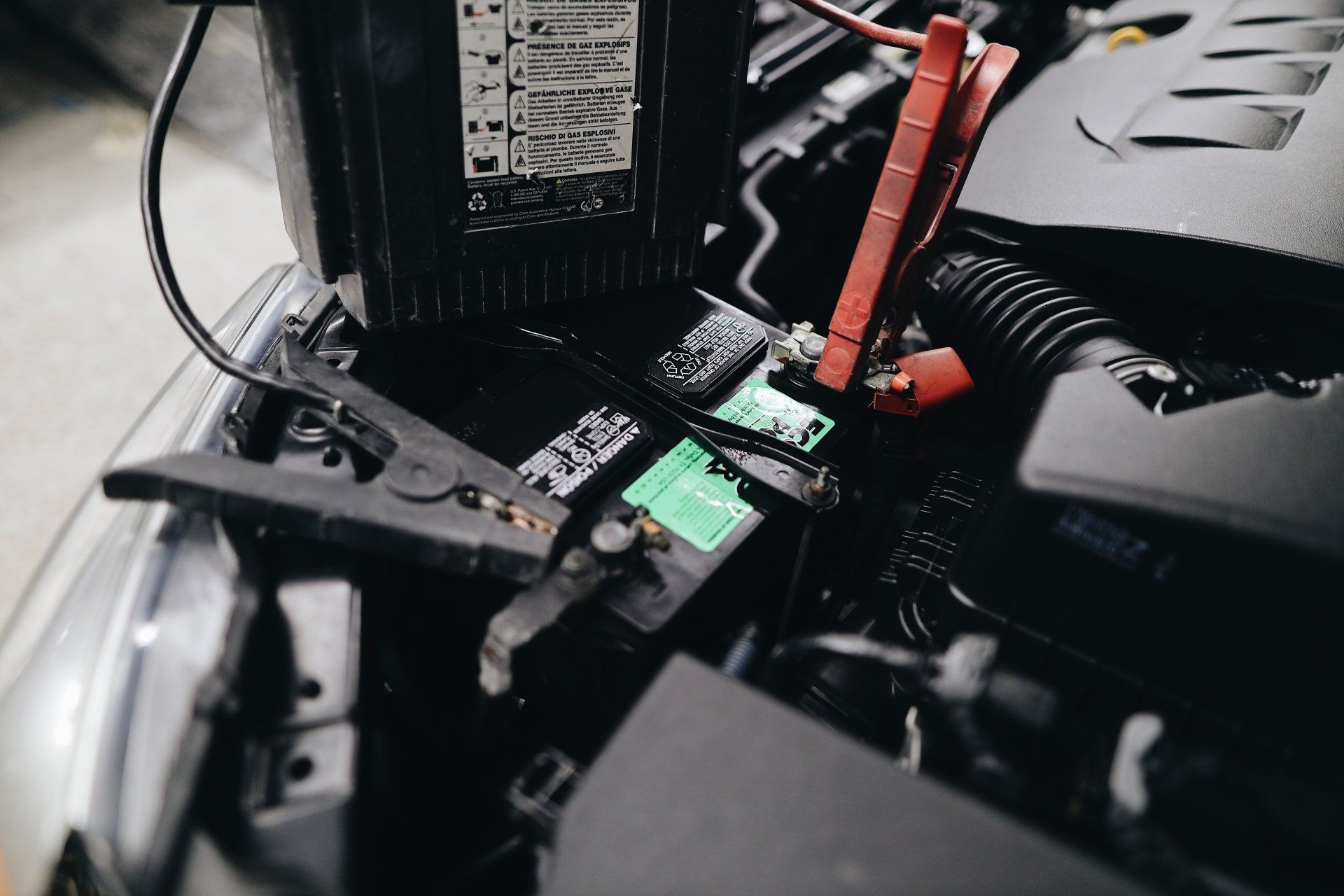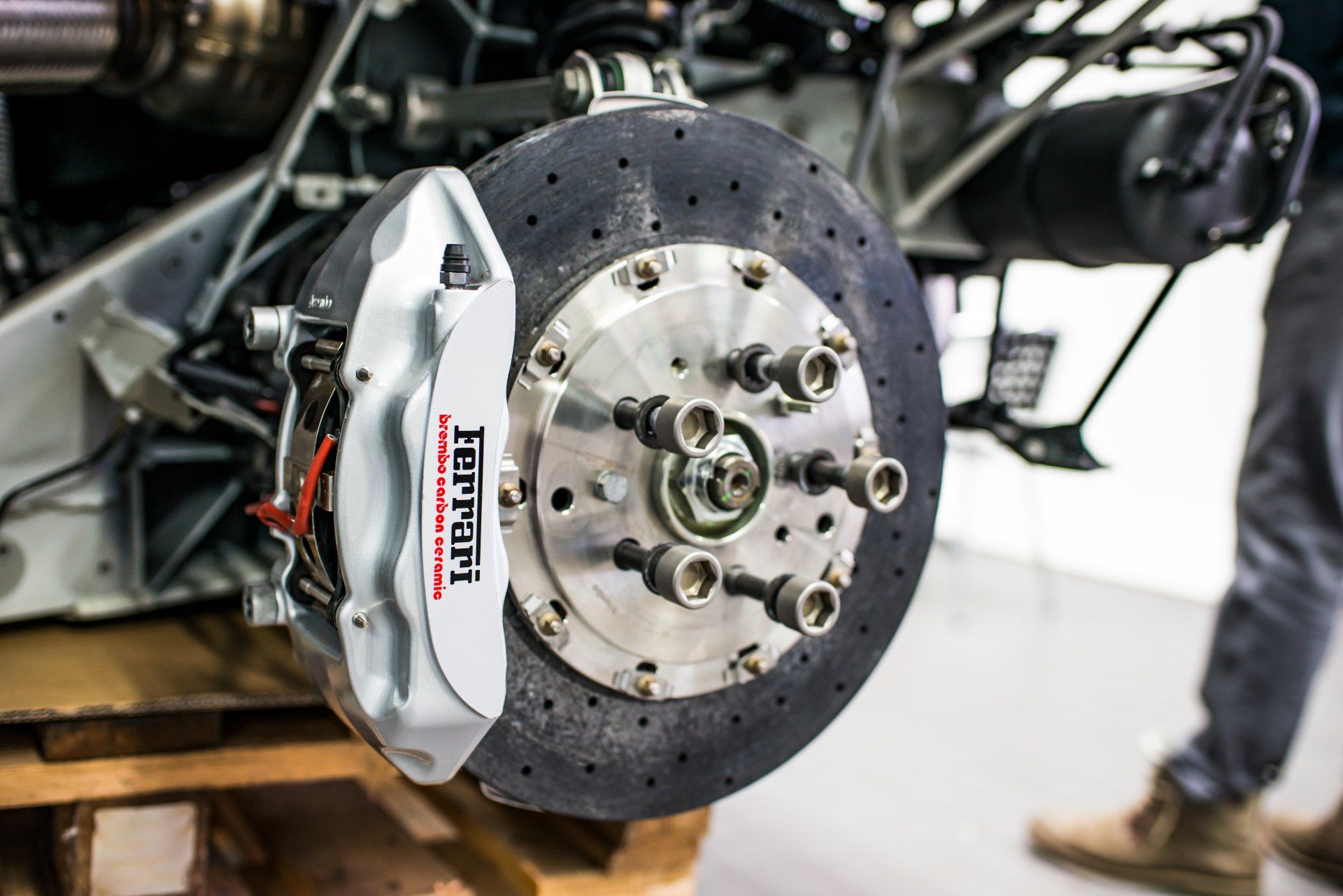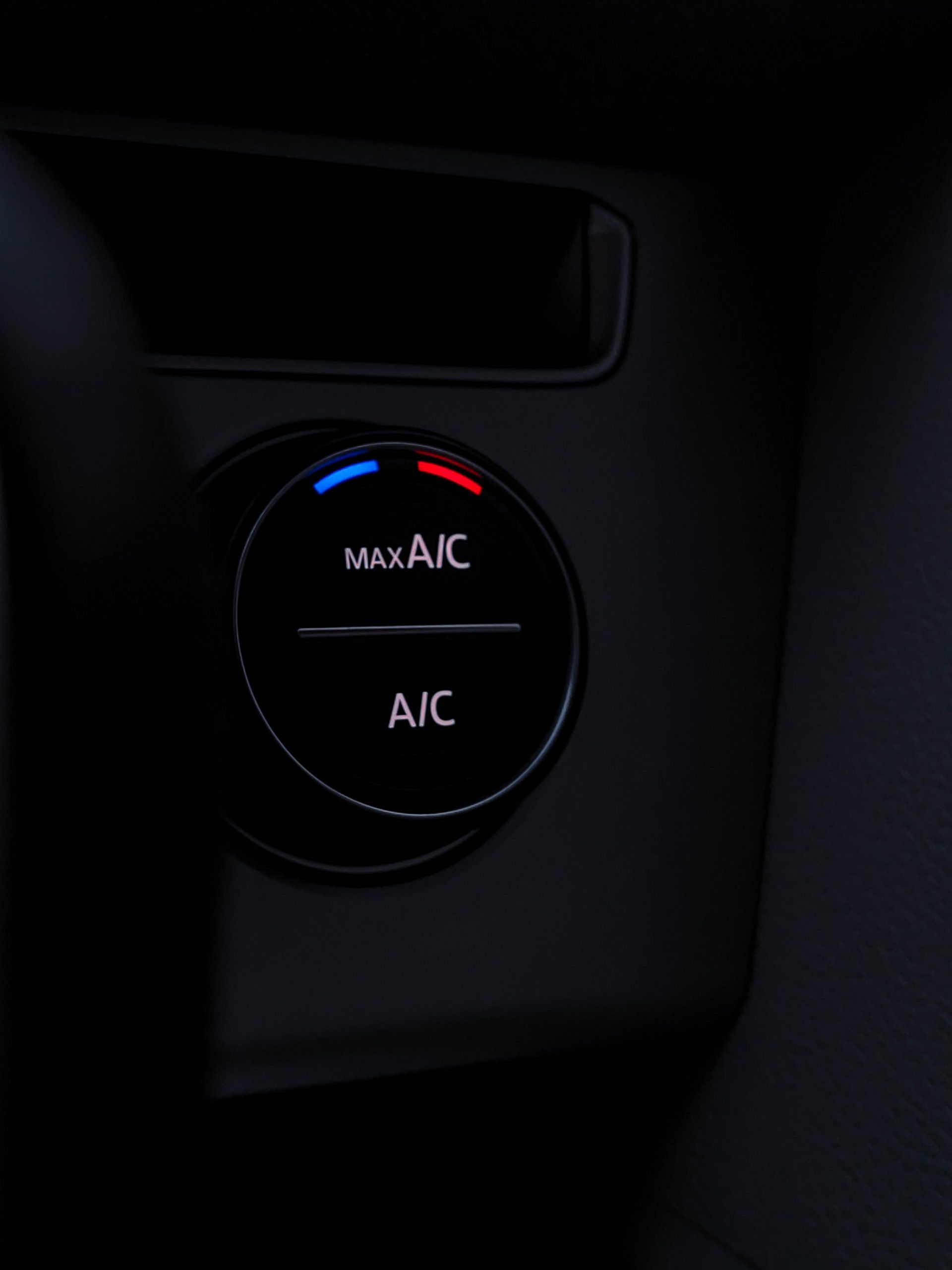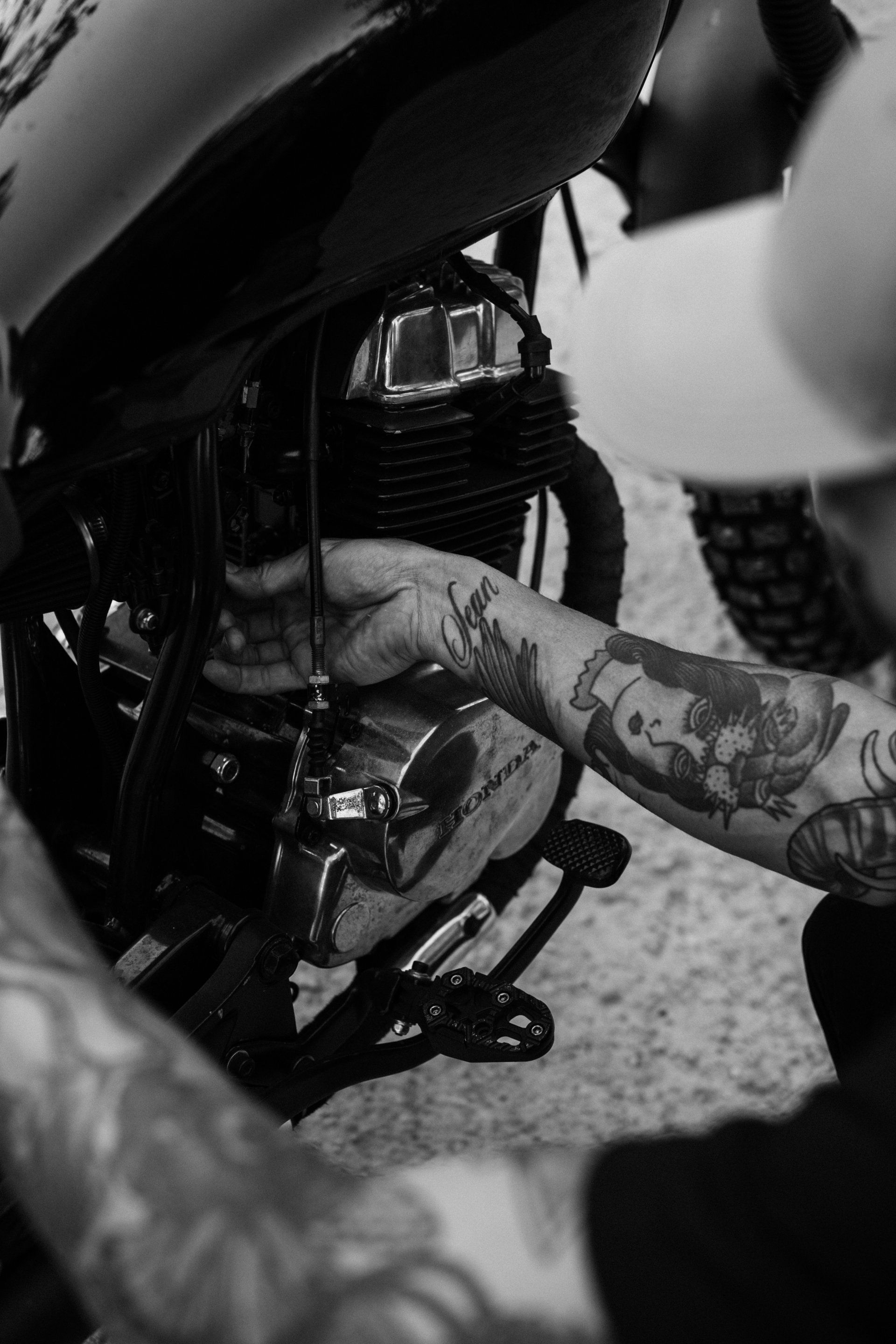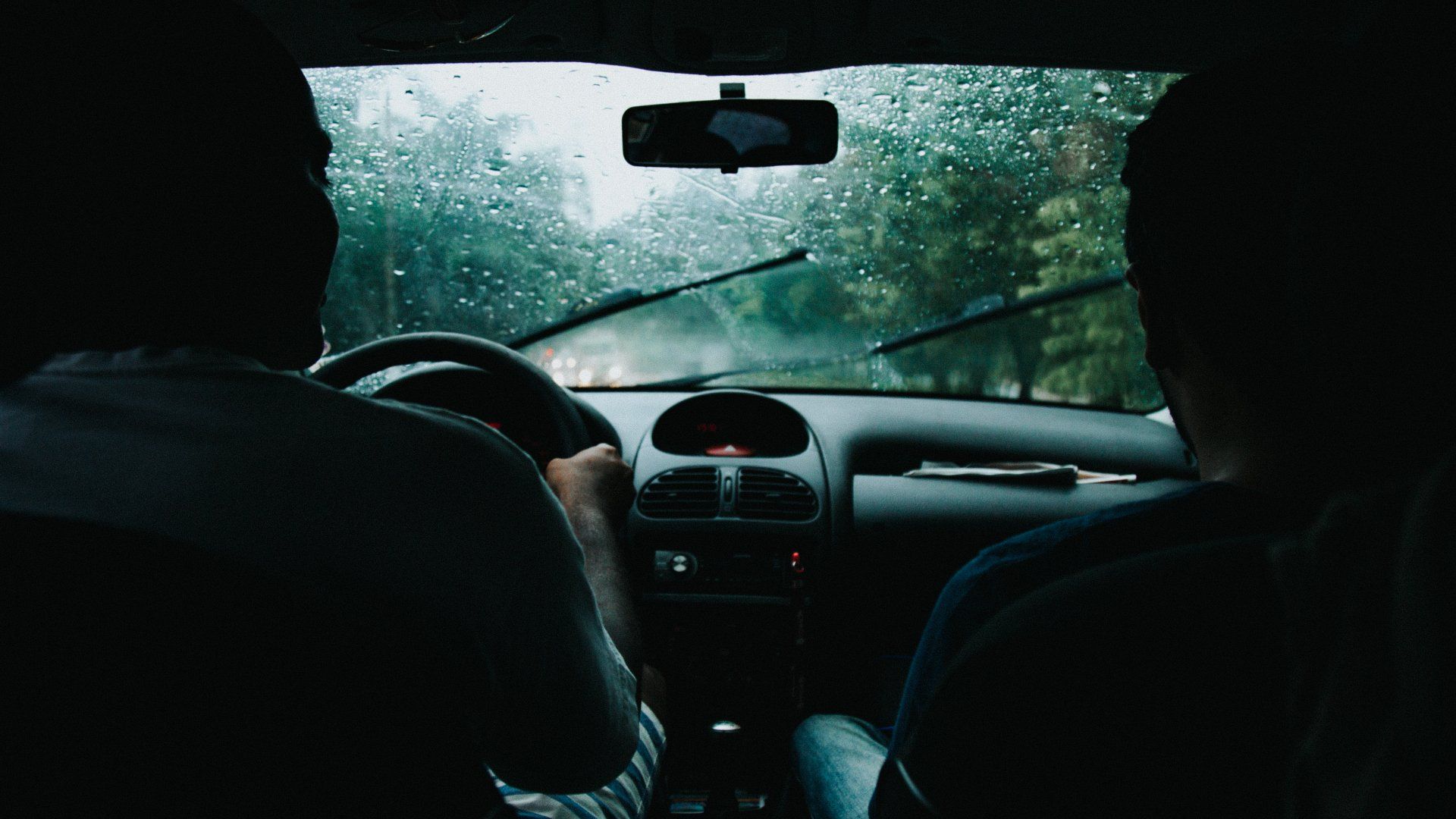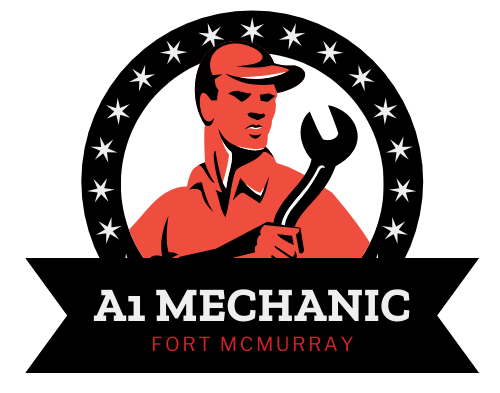What to Do If the Car's Thermostat Starts to Fail?
What to Do If the Car's Thermostat Starts to Fail?
The thermostat in your car is a basic and simple device. However, if it fails it could cause grave issues. Learn more about the indicators of a malfunctioning thermostat in your car.
Symptoms of a Failing Car Thermostat
Fortunately, a thermostat issue is just one of the numerous car issues you can identify and fix yourself. Here are the indicators that indicate your car's thermostat is not working:
- The temperature gauge shows high and the engine starts to overheat.
- The temperature fluctuates erratically.
- The coolant of the vehicle is leaking around the thermostat or beneath the vehicle.
Engine Overheating
Here's how thermostats function. The manufacturer injects a mix consisting of wax and ground brass into a cup, referred to as a pellet. They then slide a highly polished metal rod through a Rubber "O-ring" gasket and into the wax. The pellet is sealed by a Crimp ring.
Then, a steel "skirt" is welded around the pellet. If an engine gets cold, a spring pushes the skirt toward an engine seat (just as a closed faucet) which stops cooling fluid from flowing. When the engine gets heated the wax melts and expands.
Pressure increases until the point at which the wax attempts to "spit out" the metal rod. The rod, however, is unable to travel everywhere. It's connected to the thermostat by a "bridge" on the other side of the thermostat.
The pellet eventually will move, overpowering the pressure of the spring. Thus, the thermostat is opened and lets coolant flow. The whole system functions perfectly until the rod becomes corroded. This rod that has corroded is damaging the seal made of rubber and wax is released. After that, the thermostat ceases to open cooling fluid and the engine heats up. The result could be an engine malfunction that can cost many thousands of dollars.
Erratic Temperature Changes
Pay attention to the gauge of your dashboard's temperature. If the gauge's needle fluctuates between spikes and then drops the temperature, a thermostat malfunction could be at fault.
Coolant Leaking
Inspect the thermostat housing for leaks in the fluid. Coolant keeps your engine running at the correct temperature, but the absence of fluid could affect the performance of your engine.
How to Test a Car Thermostat
Before you remove the thermostat from your vehicle, make sure you check the temperature and flow of coolant.
The cap of your radiator is removed and you can begin to run the engine. If coolant is flowing right away, your thermostat may be closed. If it's slow to flow, it is best to wait until the engine starts to warm up. The coolant should be at the proper temperature before it begins to flow after about 10 up to 20 mins. If it isn't beginning to flow, and it is evident that the gauge reading on your dashboard increases the thermostat is in a closed position. If the coolant is flowing normally then there could be a second reason that your engine is overheating.
Replacing the Thermostat
If your thermostat malfunctions do not just replace it and then top off the reservoir of coolant. It's warning you of a larger issue -- corrosion inhibitors within your coolant failed. Make sure to flush the system and then replenish the coolant each time you change the thermostat.
Don't waste some money by purchasing a basic thermostat (about $5). The best thermostats are designed to withstand corrosion. The price difference is not significant compared to the possibility of engine damage. Certain manufacturers offer "fail-safe" models that fail when fully open to avoid overheating of the engine.




